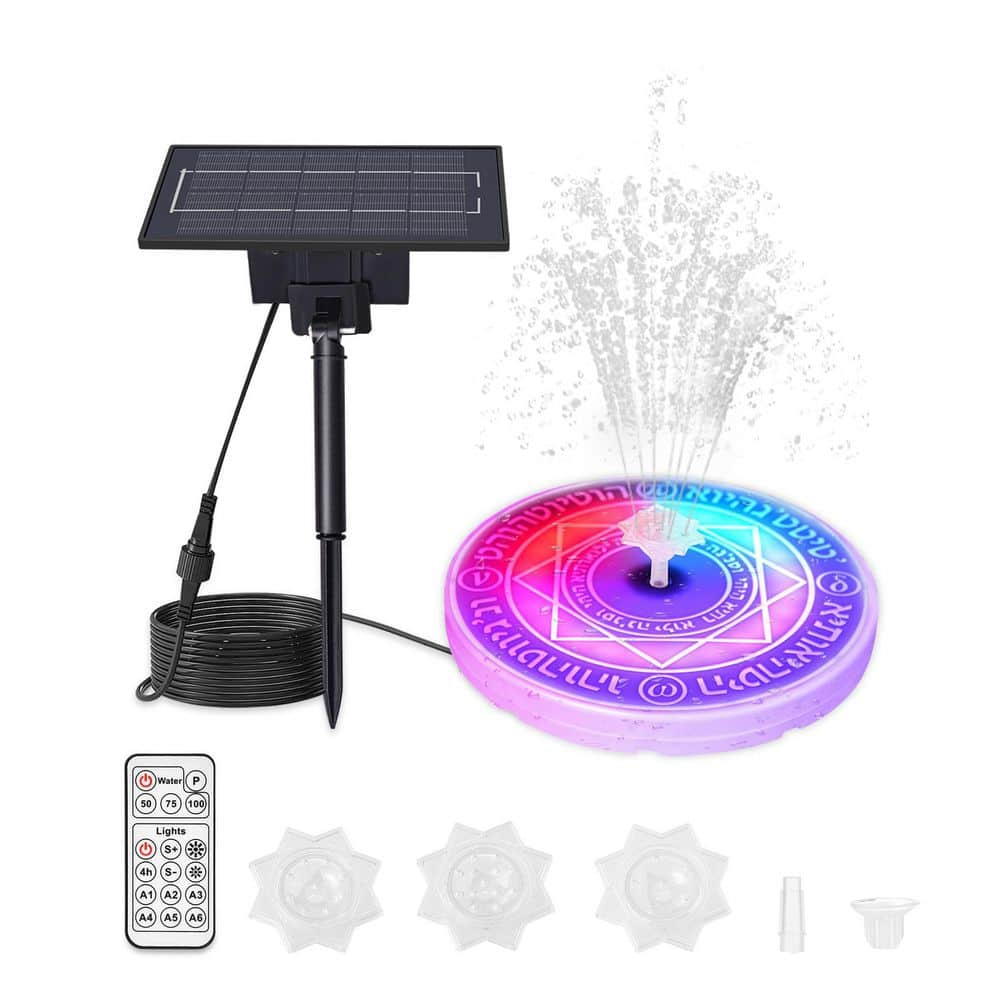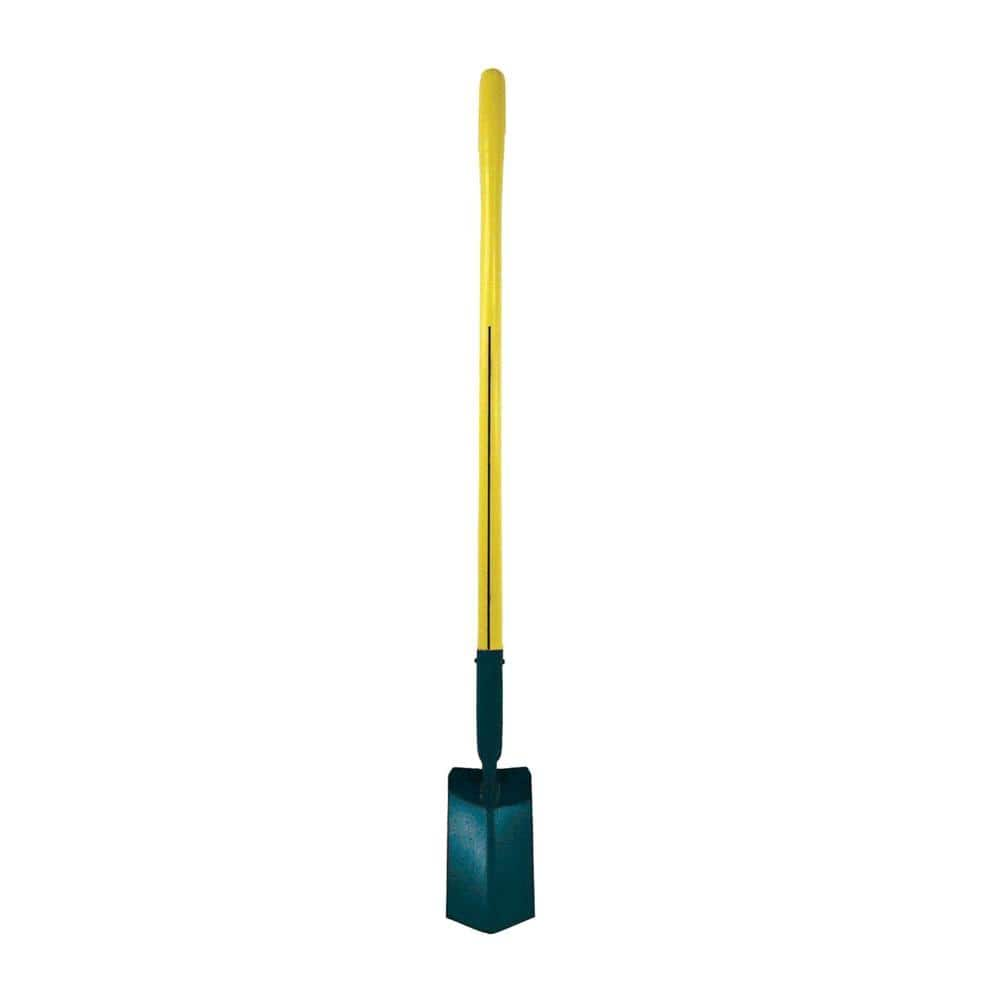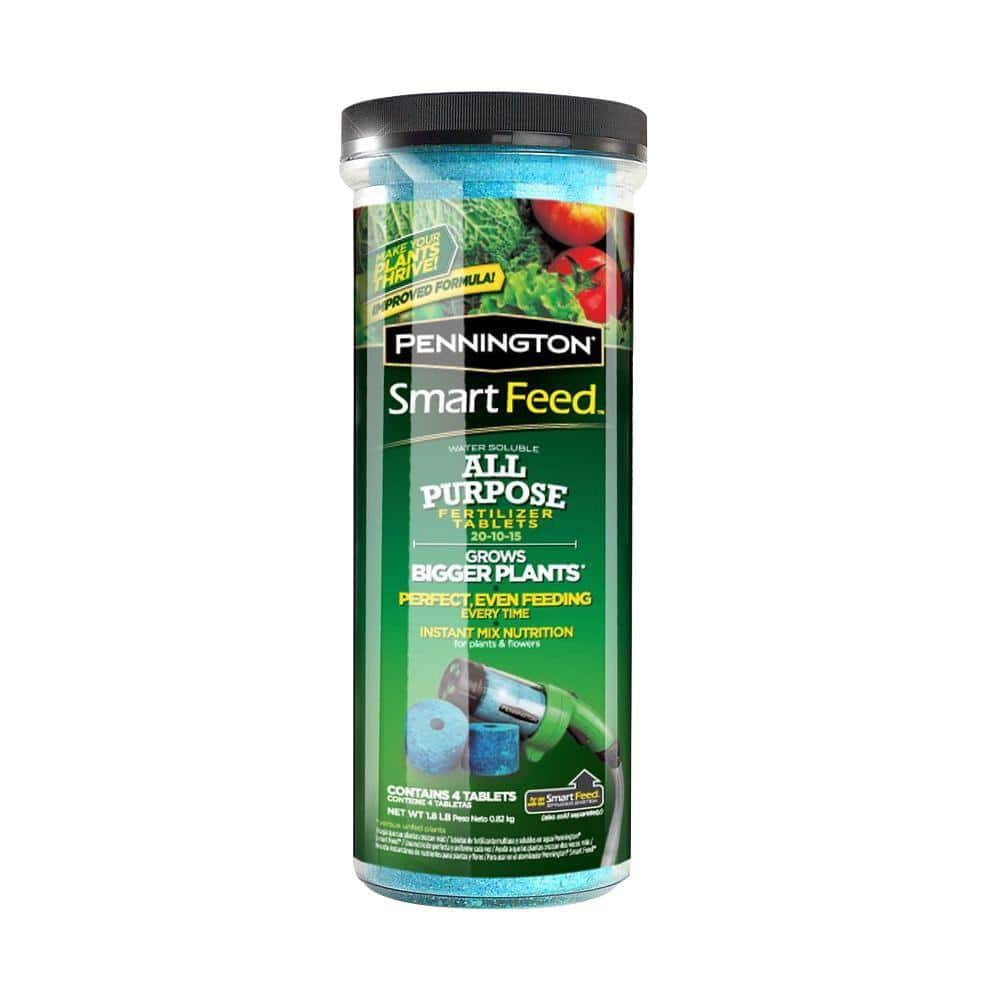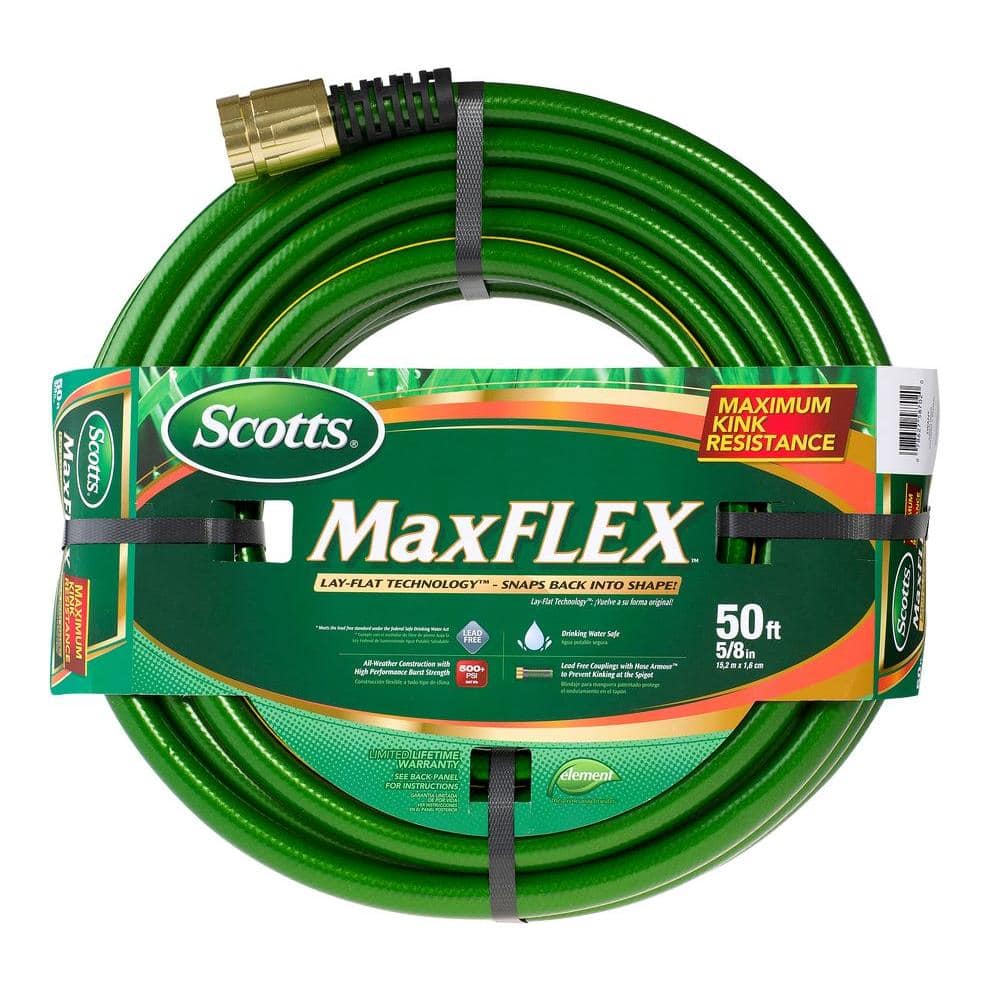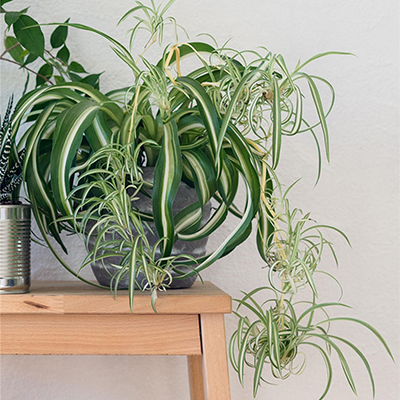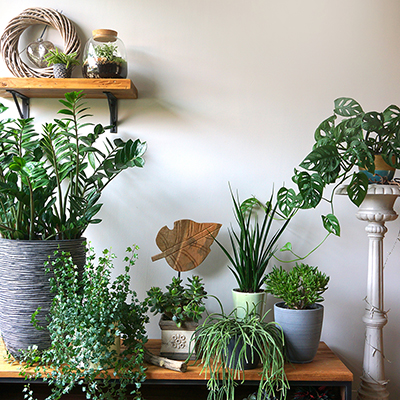How to Care for Palm Trees

Last updated January 3, 2025
Palm trees add tropical flair to your yard and when planted in the right place in the right climate, and can be maintence free and pretty for years to come. This guide provides steps on how to best care for palm trees.
Table of Contents
What You Need to Know to Care for Palms
Varieties of Palm Trees
How to Plant a Palm Outdoors
How to Grow and Care for Palms Indoors
Keeping Palms Healthy
What You Need to Know to Care for Palms
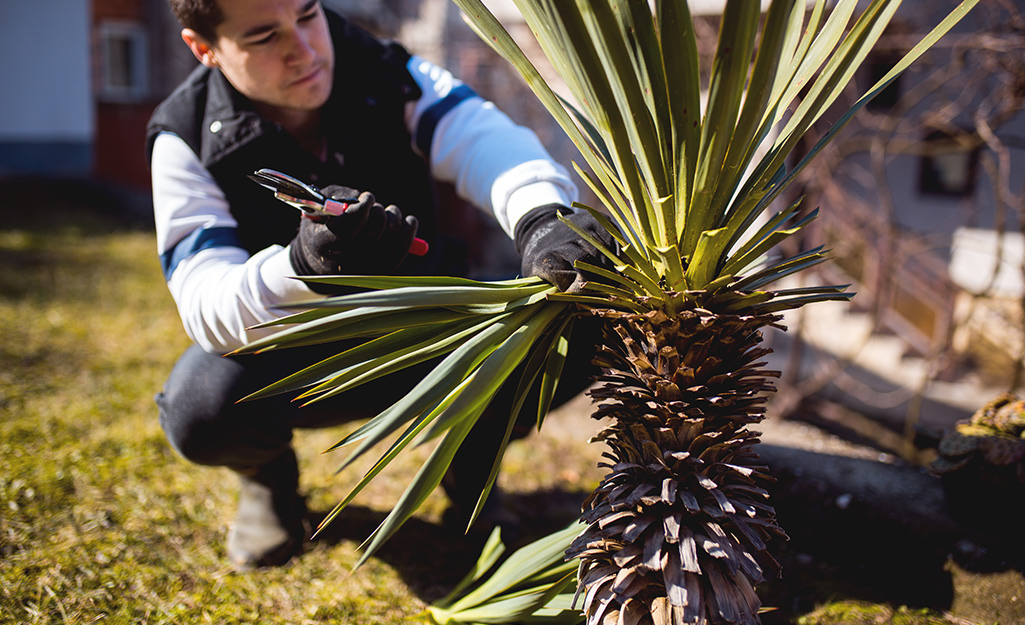
There are two key factors that influence how well your palm will grow. First, you need to choose the right palm for your climate. Most palms will grow in warmer climates, but there are a few that can weather colder temperatures. Mature cabbage palms and Chinese fan palms both withstand temperatures as low as 15 degrees Fahrenheit.
Second, you need to choose the right place in your yard to plant your palm. Palms need lots of sunlight, well-drained soil and room to grow as they mature.
The best time to plant palms is in late spring and early summer, so they can establish roots before winter dormancy. Palms require little maintenance once planted. You can trim away any dead fronds, but never top-trim. Removing the growing tip will cause the palm to die.
Varieties of Palm Trees
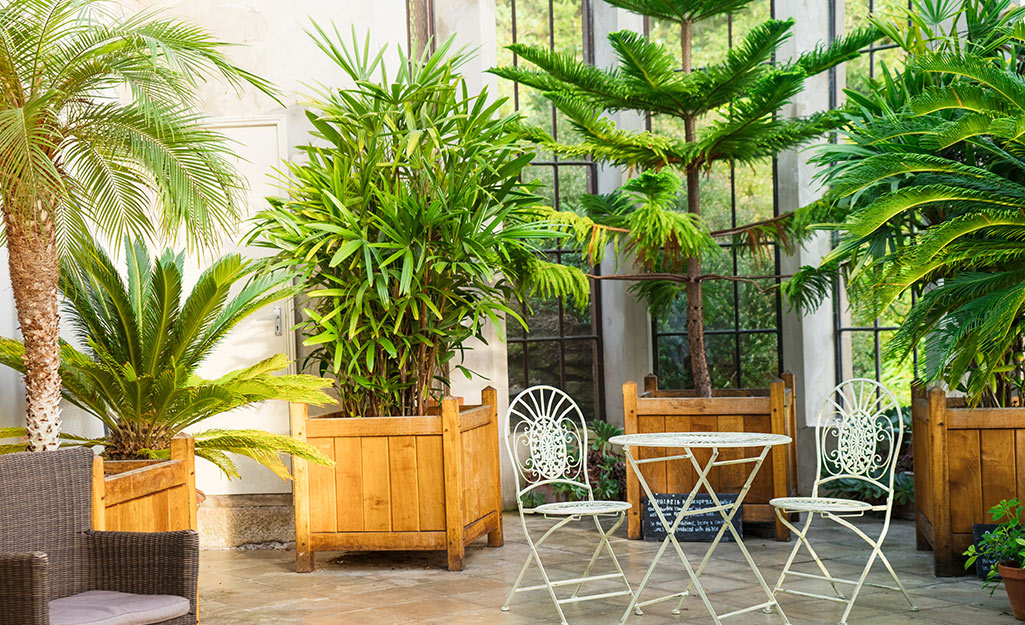
Pindo Palm:
- Pindo palms can grow to 18 feet tall and 12 feet in diameter. They can also withstand colder temperatures better than other varieties.
Saw Palmetto Palm:
- Saw palmettos are shorter than most palms, growing only up to 6 feet. They are bushy and have large fan-shaped fronds.
Parlor Palm:
- Parlor palms are fuss-free and easy to care for. They are shorter palms, growing up to 6 feet tall, and have full fronds.
Areca Palm:
- This palm is good for indoor areas with low light.
Chinese Fan Palm:
- Chinese fan palms are available in regular and dwarf variety. This variety grows well in a pot indoors.
How to Plant a Palm Outdoors
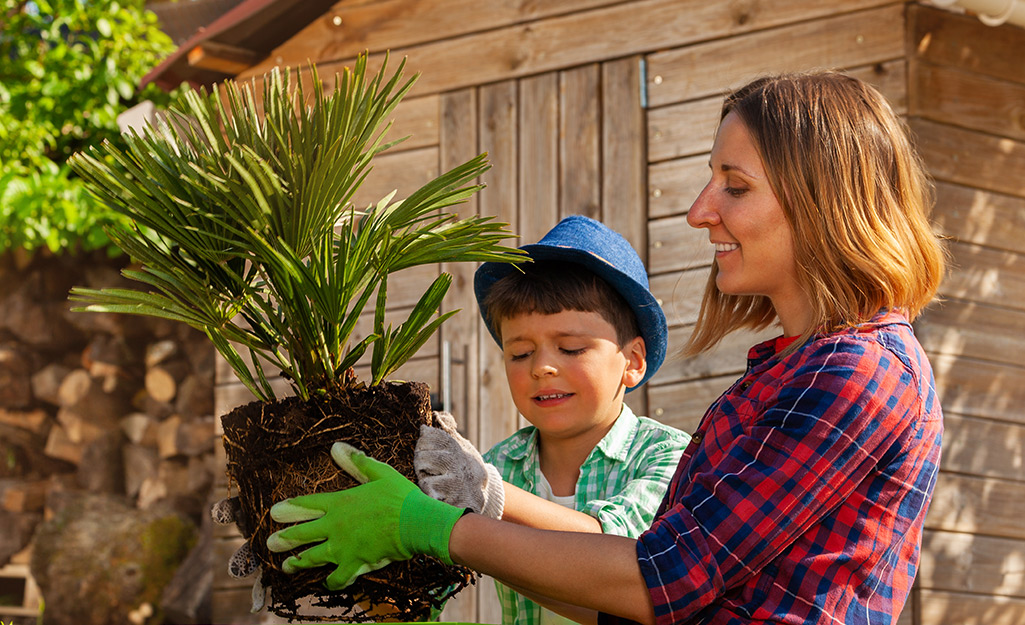
If you purchase a mature palm, it’s best to have an expert plant it because of its weight and unwieldy shape. If you plant it yourself, start by digging a hole two times wider than the root ball, and just deep enough for the top of the root ball to remain exposed and above the ground. Research has found that plants survive best when the soil is not amended, so do not add compost or fertilizer inside your hole.
Have someone hold the palm while you backfill the hole. Keep the soil loose to encourage air and good drainage. If desired, add compost on top of the soil around the palm.
Next, add bracing to keep your palm upright and the root ball in place. Avoid ropes and chains that can cut into the bark of the palm and cause tissue damage. Wood braces angled around the trunk work best, but do not nail into the trunk. Leave the braces in place until the palm is established.
Water the palm thoroughly and frequently.
If you plan to mulch around the palm, mulch only up to the root ball and not on top of it to discourage decay and root rot.
How to Grow and Care for Palms Indoors

Palms can survive indoors if given the right light and soil. Plant them in loose soil. Sandy mixtures work best, but you can also purchase specific soils formulated for palm growth. Never let your palm become waterlogged; always have a planter that drains well, and make sure that the soil dries out between waterings. Finally, palms will flourish in rooms with humidity such as a bathroom. You can also mist palms occasionally.
Keeping Palms Healthy
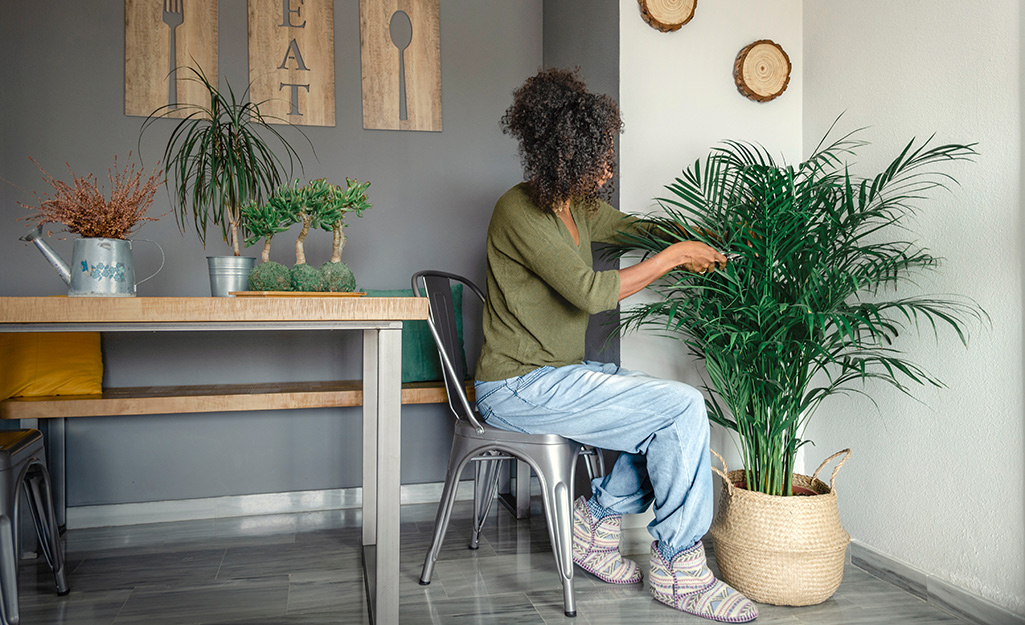
Palm trees will quickly let you know when they’re unhappy. Different species of palms display different symptoms, so knowing which species of palm you have is important. For expert help, take a picture of your palm and share with a pro in The Home Depot Garden Center.
Over fertilization is one of the main culprits for sickly palms. Leaf wilt, orange or brown spots on the fronds, yellowing tips, entire fronds that have withered or dropped off and abnormal growth are all signs of over fertilization. Follow the instructions on the fertilizer to determine the right amount for your palm, and do not use more than suggested.
Palms can also suffer from common nutrient deficiencies including:
Potassium (K) Deficiency:
- The most common nutrient deficiency in palms is potassium, and it is the most serious. Yellow or orange speckles appear on fronds, gradually causing them to wither and die. The deficiency begins on older fronds and, if left untreated, will appear on new growth. Affected leaves do not recover.
- To treat, apply sulfur-coated potassium sulfate according to directions. Too much potassium causes an imbalance of magnesium, so apply the recommended amount of magnesium at the same time.
Magnesium (Mg) Deficiency:
- Magnesium deficiency rarely kills a palm. The oldest fronds on a palm will turn yellow along their edges, while the center of the frond remains green. This progresses to younger growth if left untreated.
- To treat, the right fertilizer to use depends on whether the soil is acid or alkaline. A small amount of potassium may need to be applied along with magnesium to prevent an imbalance.
Manganese (Mn):
- Manganese deficiency can be fatal to many species of palms. New fronds appear scorched, frizzled or have long dead streaks. It is usually caused by high pH levels.
- To treat, apply manganese sulfate to the soil or spray it on the fronds.
Boron (B):
- Symptoms of boron deficiency only appear on new growth. Fronds are sharply bent at the tips or are small, deformed or fused together.
- For a medium-to-large palm, dissolve two to four ounces in four to five gallons of water. Pour slowly over the roots under the palm canopy. Too much boron can harm the plant, so be careful not to over-apply.
Nitrogen (N):
- This deficiency is relatively unusual in palms in the landscape, but occurs in container plants. It’s easily fixed. Symptoms include a lack of vigor and leaves that are light green instead of dark green.
- To treat, apply a nitrogen fertilizer to the soil to quickly darken the leaves.
The Home Depot has a variety of palms and ornamental trees ready for planting. Check out The Home Depot Mobile App for the latest gardening tools and supplies.
